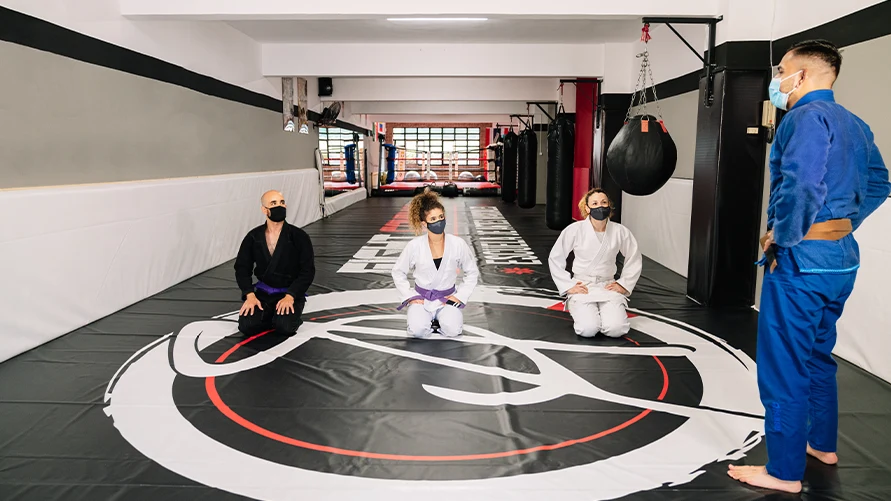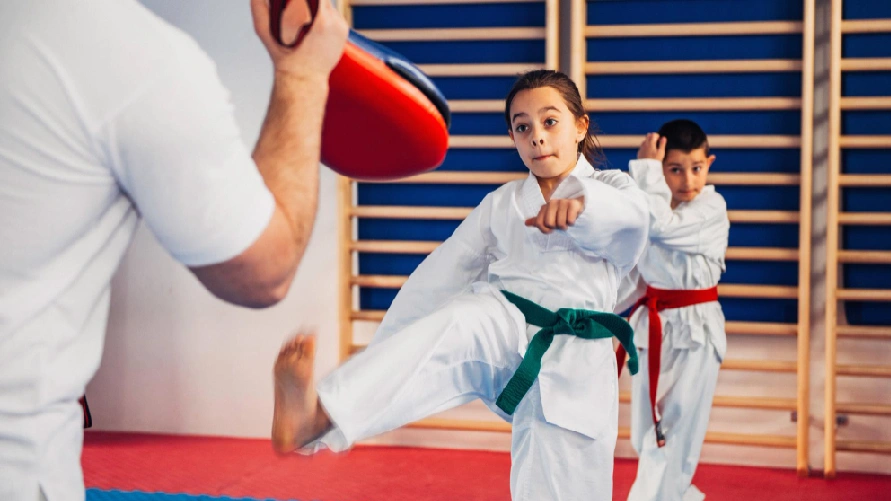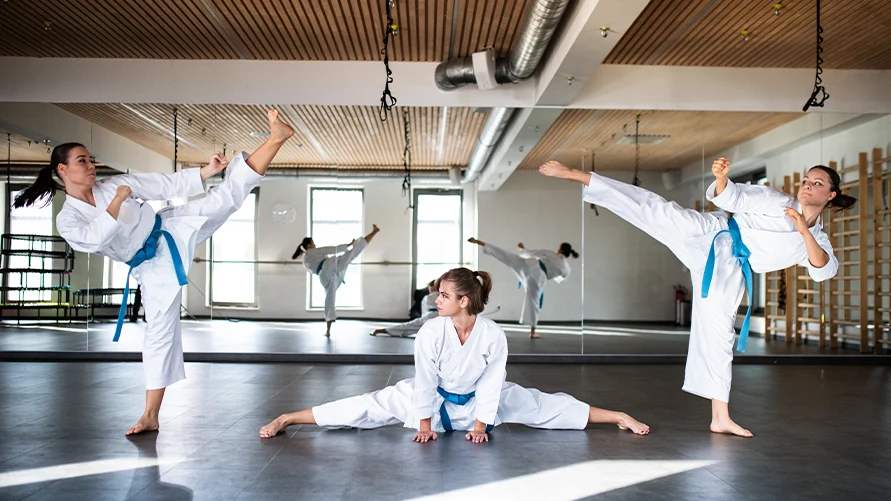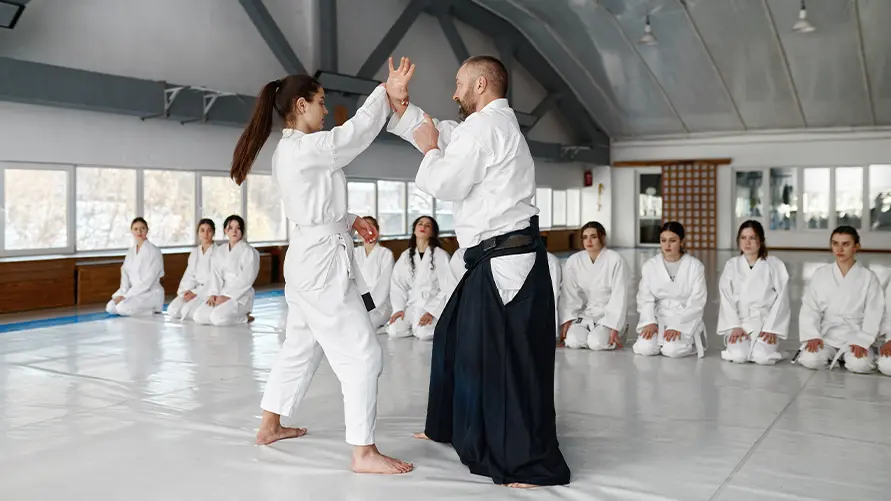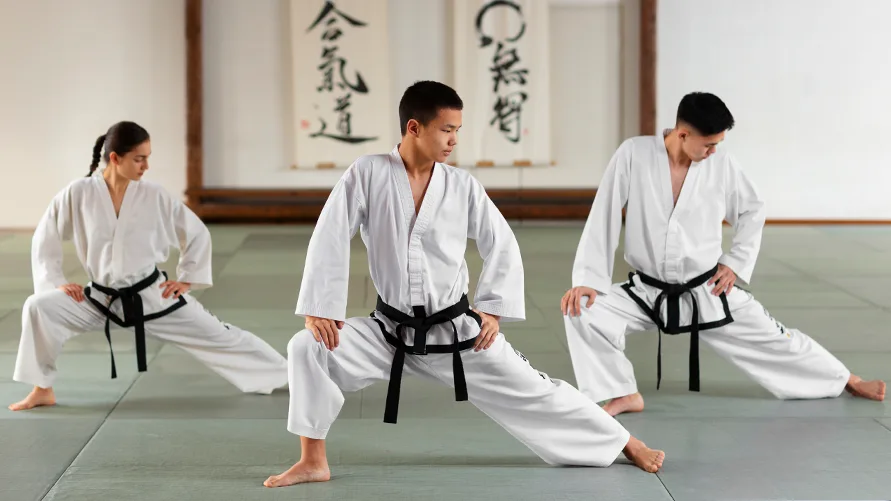It is 3 PM. Your phone rings again. Another anxious parent on the line:
“Do you have any spots left in your kids’ class?”
You sigh as you glance at your waiting list, 27 names long. You gently tell them the truth: “There is a 3-month wait.”
Sounds like a dream, right? It is not. This is what happens when you build your martial arts academy the right way.
Most schools do not make it. They open full of hope, excitement, and high-fives. But in less than a year, many shut their doors for good. Why? They make the same five deadly mistakes: wrong location, wrong prices, wrong marketing, no systems, and a poor mindset.
But not you. You are here because you want to do it right. You are not just chasing belts. You are building a legacy. The good news? The martial arts world is booming.
Over 3.6 million Americans are training. And parents? They are happily paying an average of $150 per month per child.
The top schools? They earn over $300,000 a year.
And here is the secret:
It is not about being the toughest fighter in the room. It is about being the smartest school in town.
Let’s walk through the simple, step-by-step guide to building your dream martial arts school, one that is packed with students, loved by parents, and makes real money.
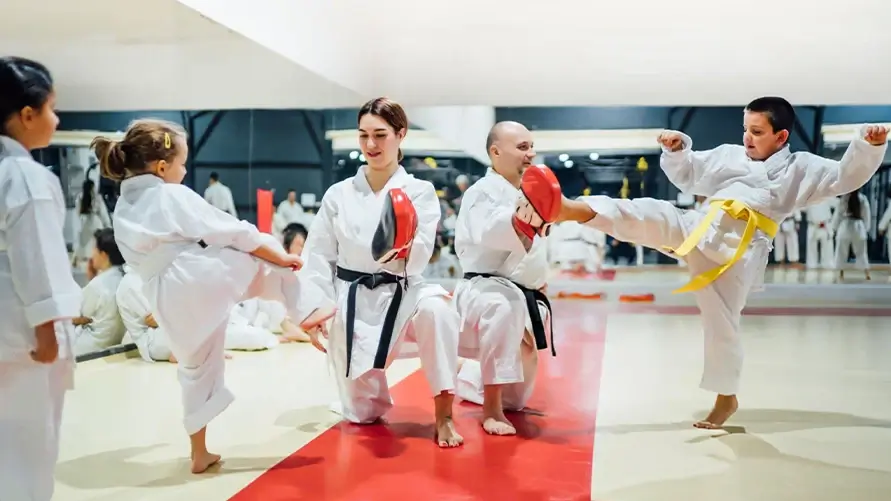
Step 1: Choose your martial art style
The first thing you need to decide is what to teach. This decision will shape your entire business. Some martial arts styles are better for kids, others are perfect for adults. You might struggle to fill your classes if you choose the wrong one.
For kids (ages 1-5), the most popular styles include:
- Taekwondo: Great for discipline
- Karate: A classic, always in demand
- Judo: Growing fast, especially for younger kids
For teens and adults, these styles are gaining momentum:
- Brazilian Jiu-Jitsu: Hugely popular right now
- Muay Thai: Perfect for fitness lovers
- MMA: Attracts serious, dedicated students
Drive around your town and see how many schools teach each style. If you notice there are five Taekwondo schools and zero BJJ schools, that is your golden opportunity.
Step 2: Get your black belt in paperwork
You may be a great fighter, but you need the right paperwork to run your school. These are the essentials:
- Instructor Certification: It typically costs between $500 to $2,000 and is crucial for credibility. Get this from a recognized organization.
- Business License: Depending on your location, expect to pay $50 to $200.
- Insurance: This protects you if someone gets hurt and costs between $600 to $1,200 a year.
Consider getting CPR certified. Parents love knowing their kids are in safe hands.
Step 3: Picking the perfect location
Your school’s location is everything. Choose the wrong place, and your business could suffer.
Look for:
- Areas near schools or shopping centers
- Easy parking (at least 10 spots)
- A space between 1,500 to 2,500 square feet, big enough for your classes, but not too big
Rent Costs:
- In a small town: $1,500 to $3,000/month
- In a big city: $4,000 to $7,000/month
When signing a lease for 2 years, try asking for 1-3 months of free rent. Many landlords agree.
Step 4: Build your training fortress
Your martial arts school should look professional, but doesn’t need to cost a fortune. Here’s the equipment you’ll need:
Must-Have Equipment:
- Mats: $2,000 to $5,000 (don’t skimp on quality)
- Punching Bags: $200 to $600 each (start with 2-3)
- Mirrors: $1,000 to $2,000 (cover one wall)
Helpful Extras:
- Front desk for sign-ups
- Comfortable seating for parents
- A small shop to sell gear
Total Setup Cost: Between $10,000 and $25,000. Buy used gear to save money.
Step 5: Set pricing that works
Getting the pricing right is a balancing act. Charge too much, and you won’t get students. Charge too little, and you won’t make enough money.
Here’s a general pricing guide:
- Kids’ Classes: $100 to $150/month
- Adult Classes: $120 to $180/month
- Private Lessons: $50 to $100/hour
Smart Pricing Tips:
- Offer family discounts
- Give a free trial class to new students (schools with free trials get 70% more sign-ups)
- Charge more for advanced classes
Step 6: Marketing that works
Here are some effective marketing strategies:
- Facebook & Instagram Ads: Set a budget of around $500. Target parents in your area and show videos of happy students.
- Flyers: Hand them out at local schools and businesses.
- Referral Program: Give out free weeks for bringing in friends. About 40% of new students come through referrals.
- Open House Event: Host a free self-defence workshop to get people through your doors.
Step 7: Improve student retention
It’s not enough to fill your classes; you need to keep your students. Here’s how:
- Offer belt tests every 3 months to keep students motivated.
- Hold “Student of the Month” awards.
- Organize fun events like pizza nights or movie screenings.
Students who feel like part of the family are less likely to quit.
Step 8: Make things easier with martial arts studio software
Managing your martial arts school can be simple with the right tools. Using martial arts studio software can make everything easier. It helps you track student attendance, manage payments, schedule classes, and even send reminders, all in one place.
This means you don’t have to worry about piles of paper or missed appointments. Plus, you can focus on teaching and growing your school instead of dealing with admin work. With the right software, you’ll save time, keep your students happy, and run your business like a pro. It’s like having an extra team member by your side.
Your black belt in business
Starting a martial arts school isn’t easy. You’ll face challenges and work hard. But when you see a shy kid gain confidence or a student earn their black belt, you’ll know it’s all worth it.
The world needs more great martial arts schools. Will yours be next?
Social media caption:
Most martial arts schools open with hype… and close with heartbreak.
But not yours.
Because you’re not just teaching kicks and blocks—you’re building a real business with loyal students, happy parents, and intelligent systems.Learn the 8-step blueprint to building a martial arts academy that thrives, not just survives.
